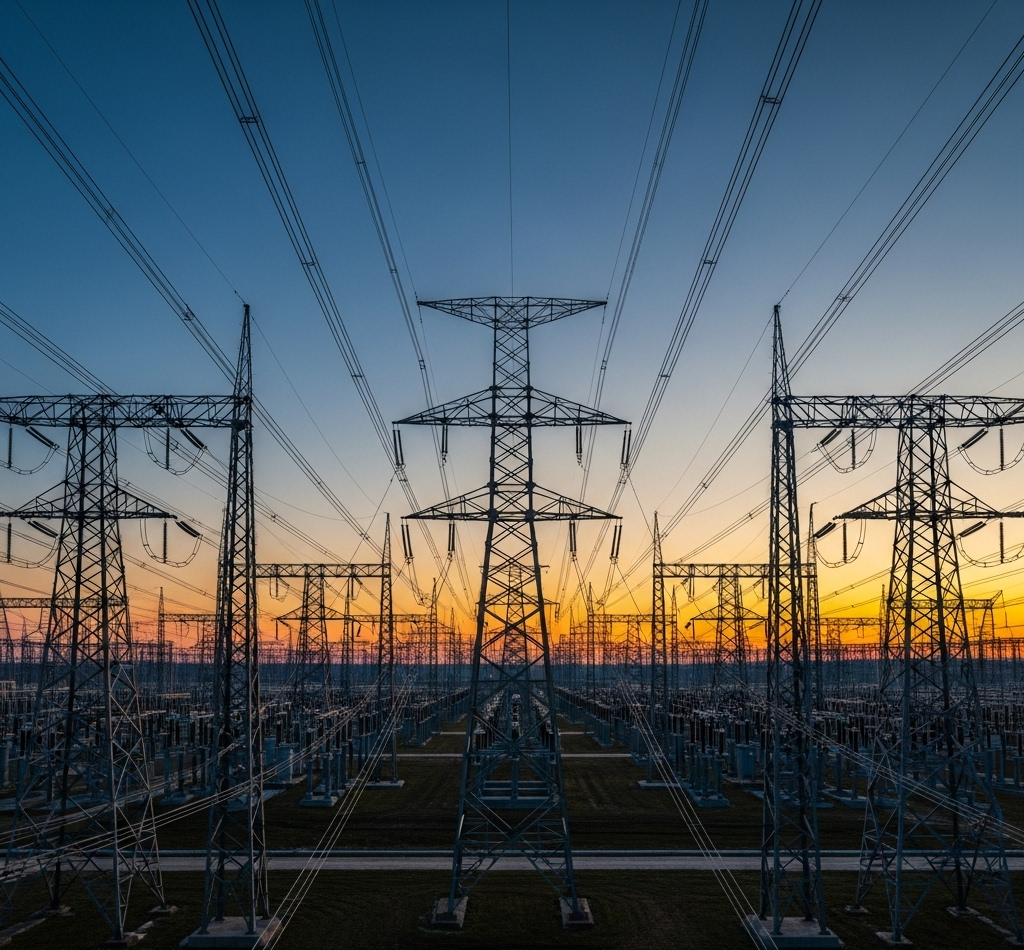
As global energy demands rise and the push for sustainability intensifies, modernizing the electrical grid and developing smart infrastructure have become critical priorities. Grid modernization involves upgrading aging infrastructure, integrating renewable energy sources, and enhancing resilience against climate-driven disruptions. Smart infrastructure, including advanced metering, IoT-enabled devices, and real-time data analytics, is key to achieving these goals. At the heart of this transformation lies procurement—the strategic process of acquiring the goods, services, and technologies needed to build a future-ready energy ecosystem. This blog post explores how effective procurement strategies drive grid modernization and enable the development of smart infrastructure.
Procurement is more than just purchasing; it’s a strategic function that aligns supply chains with organizational goals. In the context of grid modernization, procurement ensures utilities and energy providers acquire the right technologies, materials, and expertise to meet evolving demands. Here’s how procurement supports this transformation:
Grid modernization requires cutting-edge technologies like smart meters, energy storage systems, and grid automation tools. Procurement teams are tasked with identifying and vetting suppliers who can deliver reliable, scalable, and innovative solutions. For example, procuring advanced distribution management systems (ADMS) enables utilities to monitor and optimize grid performance in real time, improving reliability and reducing outages.
By fostering relationships with technology providers, procurement ensures access to solutions that integrate seamlessly with existing infrastructure while meeting regulatory and cybersecurity standards. Strategic sourcing also helps utilities stay ahead of technological advancements, ensuring long-term compatibility and scalability.
The transition to renewable energy sources, such as solar and wind, is a cornerstone of grid modernization. Procurement plays a pivotal role by securing high-quality components like solar inverters, wind turbine parts, and battery storage systems. By negotiating contracts with suppliers who prioritize sustainability, procurement teams help utilities meet renewable energy targets and reduce carbon footprints.
Moreover, procurement ensures that renewable energy projects are cost-effective. By leveraging competitive bidding and long-term supplier agreements, procurement teams can secure favorable pricing and reliable supply chains, even in volatile markets.
Modern grids must withstand extreme weather events, cyberattacks, and other disruptions. Procurement supports resilience by sourcing durable materials and technologies designed for longevity and adaptability. For instance, procuring weather-resistant transformers or cybersecurity-enabled grid devices enhances the grid’s ability to operate under stress.
Procurement also facilitates partnerships with vendors who provide maintenance and support services, ensuring that grid components remain operational over their lifecycle. This proactive approach minimizes downtime and enhances grid reliability.
Smart infrastructure relies on interconnected systems that leverage data and automation to optimize performance. From smart meters to IoT sensors, these systems require a robust procurement strategy to ensure successful deployment. Here’s how procurement drives smart infrastructure:
Smart infrastructure depends on IoT devices and data analytics platforms to enable real-time monitoring and decision-making. Procurement teams are responsible for sourcing these technologies, ensuring they meet performance, interoperability, and security requirements. For example, procuring smart meters with advanced metering infrastructure (AMI) capabilities allows utilities to collect granular data on energy consumption, enabling demand-response programs and reducing waste.
By collaborating with suppliers, procurement ensures that IoT devices are compatible with existing systems and can scale as smart infrastructure expands. This forward-thinking approach is essential for building a cohesive and efficient smart grid.
Smart infrastructure projects often involve multiple stakeholders, from technology providers to installation contractors. Procurement teams coordinate these complex supply chains, ensuring timely delivery of components and services. By implementing robust supplier management processes, procurement minimizes delays and cost overruns, which are common in large-scale infrastructure projects.
Additionally, procurement teams assess suppliers for sustainability and ethical practices, aligning with the broader goals of smart infrastructure, such as reducing environmental impact and promoting social responsibility.
Procurement is a gateway to innovation. By forging strategic partnerships with technology startups, research institutions, and established vendors, procurement teams bring cutting-edge solutions to the table. For instance, collaborating with companies developing AI-driven grid analytics can enhance predictive maintenance and optimize energy distribution.
These partnerships also enable utilities to pilot new technologies before full-scale deployment, reducing risks and ensuring alignment with project goals. Procurement’s ability to foster innovation is critical for staying ahead in the rapidly evolving energy landscape.
While procurement is a linchpin of grid modernization and smart infrastructure, it faces several challenges:
Supply Chain Disruptions: Global shortages of critical components, like semiconductors, can delay projects. Procurement teams must diversify suppliers and build resilient supply chains to mitigate risks.
Cost Pressures: Balancing cost with quality is a constant challenge. Strategic procurement involves lifecycle cost analysis to ensure long-term value over upfront savings.
Regulatory Compliance: Grid modernization projects must adhere to strict regulations. Procurement ensures suppliers meet environmental, safety, and cybersecurity standards.
Rapid Technological Change: The fast pace of innovation requires procurement teams to stay informed about emerging technologies and assess their viability.
To address these challenges, procurement teams are increasingly adopting digital tools like e-procurement platforms, which streamline supplier selection, contract management, and spend analytics. These tools enhance transparency and efficiency, enabling procurement to keep pace with the demands of grid modernization.
As the energy sector evolves, procurement will remain a critical enabler of grid modernization and smart infrastructure. By aligning sourcing strategies with sustainability goals, fostering innovation, and managing complex supply chains, procurement teams empower utilities to build resilient, efficient, and future-ready energy systems.
To maximize their impact, procurement professionals must embrace collaboration, leveraging cross-functional teams to align technical, financial, and environmental objectives. By doing so, they can ensure that every dollar spent advances the vision of a modernized grid and smarter infrastructure.
In conclusion, procurement is not just a support function—it’s a strategic driver of the energy transition. As utilities and governments invest in grid modernization and smart infrastructure, procurement will continue to play a pivotal role in shaping a sustainable and resilient energy future.
© 2025 Lasso Supply Chain Software LLC
Get instant access to our report on the Top Procurement Trends of 2025 by filling out the form below.

Get instant access to our report on the Top Procurement Trends of 2025.